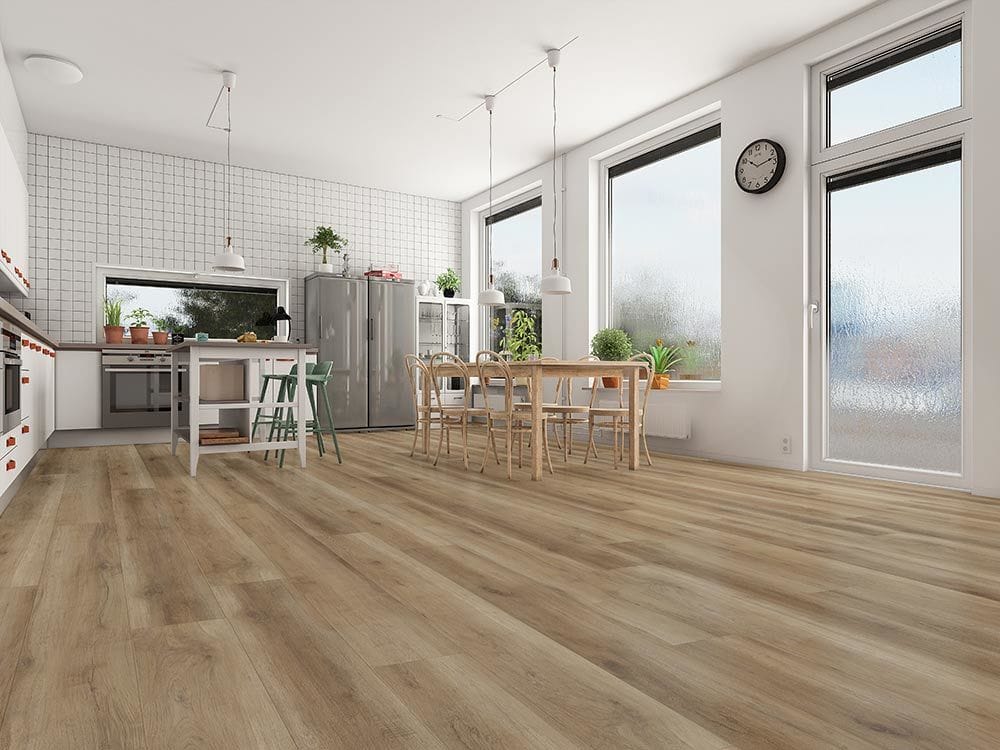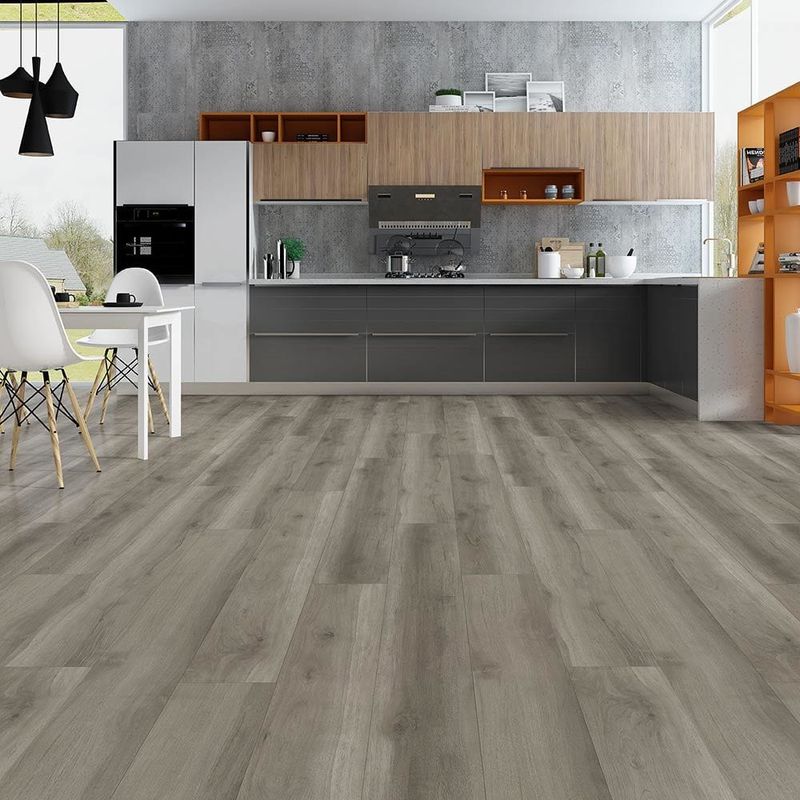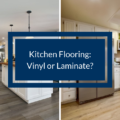Snap Lock Flooring Tips for Pros

Snap Lock Flooring Tips for Pros
Snap lock flooring is a common choice for residential and commercial spaces where a combination of cost-effective, durable, and stylish materials is required. While many people believe snap lock flooring is easy to install, it’s a job that still requires professional installation in most cases.
Installing snap-in wood flooring or snap together laminate still requires care and proper technique even for pro installers. Use this guide to pick up some tips to help you during your next installation.
Installation Tips for Your Next Job
If you’re a pro installer you already know the basics of installing snap lock flooring, but a refresher course never hurt anyone. Here are some tips you can use to ensure your next job goes smoothly:
Sand Down the High Spots
Prepare your subfloor correctly by finding high spots with a straight edge. Sand them down to create a smooth, level surface. A rise of more than 1/8-inch is too much and needs to be sanded.
Fill in the Low Spots
Fill in the low spots. Like a floor that’s too high, a dip of more than 1/8-inch can cause you problems down the road.
Begin and End with Half a Plank or More
Measure correctly to ensure you begin and end your installation with at least a half plank or more.
Undercut Door Jambs
Undercut door jambs with an oscillating multi-tool. This will allow you to easily slide the flooring underneath.
Leave an Expansion Gap Along the Walls
Use shims to leave an expansion gap along the walls. A 1/4-inch to 3/8-inch gap will allow the flooring to expand and contract based on indoor temperature and humidity.
Snap the Planks Together
Snap the planks together starting with the first row and working from end to end. Install the next planks in each row and continue working in that manner.
Watch Your Floor Height
Door jambs, dishwashers, carpeting and stairs can create problems you didn’t plan for. Take note of these issues if applicable and ensure that you follow proper building codes during installation.
Stagger the Seams
Stagger the seams a minimum of six inches. Avoid starting new rows with planks less than six inches wide.

SKU: 15273675
Tap in the End Plans
Tap difficult seams into place using a pool bar hooked to the end of the plank.
Install Bridge Molding
Install bridge molding to cover the expansion gap between your vinyl plank floors and your base trim.
Around the Door Jambs: Installation Tips
• Planks parallel to openings: Make sure the seam on the row that intersects the jamb connects inside the opening. You can then blend the second plank into place after marking and cutting it.
• Planks perpendicular to openings: You may need to install this way if your door opening falls on the same side as where you started installing your flooring rows. When you do this, mark and cut the first plank to size before tapping it under your jamb. Note that you can tap your end planks in sideways and remove up to six inches of lip on the previous plank before filling the cut area with seam sealer.
Install Shoe Molding
Install shoe molding to cover the expansion gap when your flooring is in place. Use 1 1/4-inch finish nails.
Cut and Fit the Final Planks
Finish your installation by cutting the last planks to fit.
Trim Tip
Trim remaining material to ensure a tight, secure fit with a proper expansion gap.
Snap Lock Vinyl Flooring FAQs
Snap lock vinyl flooring is becoming more and more popular each day, but many people have question about this popular flooring design. Here are some of the frequently asked questions we receive and the answers you need to plan your flooring design:
Q: Glue Down vs. Floating: What are my thickness options?
A: 2mm and 3mm thicknesses are common, but materials ranging from 3mm to 7mm are often used as well. Thicker materials are available for some installations however.
Q: Glue Down vs. Floating: What designs are available?
A: Bamboo, wood, vinyl and tile-look designs are available. You can even find a range of more modern prints to fit your space.
Q: Glue Down vs. Floating: Which installation method is best for commercial spaces?
A: Glue down flooring tends to be the best option for commercial spaces. Warranties are often provided for glue down flooring that exceed those of floating flooring.
Why Order Samples?
Ordering samples will allow you to see what your flooring will look like in your home or commercial space. This is particularly important if you’re choosing between similar looks like vinyl made to simulate hardwood.
Getting samples delivered to your home also allows you to see the quality of popular materials and how they’ll work with existing fixtures, furnishings and decorative items in your home or commercial space.

Sanctuary SKU: 15273672
Warranty Information
Warranties can vary on your snap lock flooring, so it’s important to check with us if you’re concerned about warranty length. However, almost all materials do come with some sort of warranty against manufacturer defect if installed correctly.
Note that improper installation or installing your new flooring in a space it isn’t recommended for – like wet areas or outdoors – can void your warranty.
ROI
Snap lock flooring made from durable materials like vinyl and made to look natural wood offer reasonable return on investment (ROI) in residential and commercial spaces. They also help improve overall visual appeal, making them a smart pick if you’re looking to update a space before selling or renting without spending a small fortune on materials like natural stone or hardwood.
Enjoy better flooring with durable, cost-effective snap lock flooring in a range of different looks. From styles that mimic natural hardwood to real stone and modern tile, snap lock flooring is mad to last and look good in the process. Reach out to our trained representatives today to learn more about snap lock vinyl plank flooring for your home or commercial space. We can help answer all of your questions about choosing and installing the right materials.




